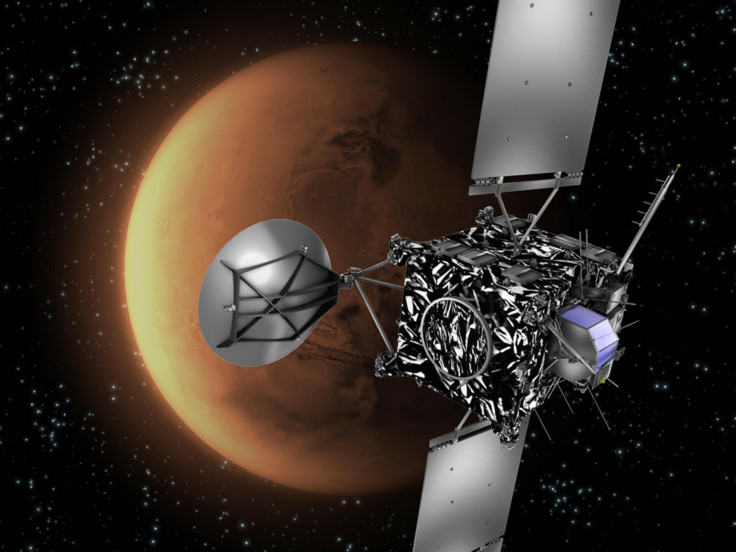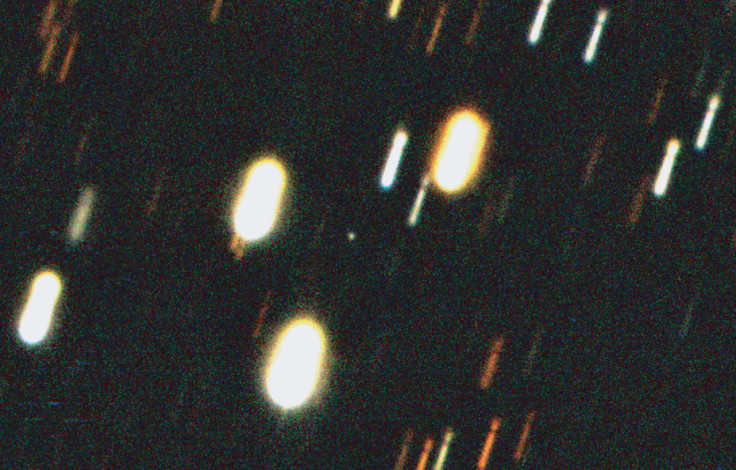ESA's Rosetta: Spacecraft to Reach Comet Destination After Four-Billion-Mile Journey

After an incredible journey over a period of 10 years, the European Space Agency's Rosetta robotic probe is finally arriving at its destination - Comet 67P/Churyumov-Gerasimenko.
The journey saw the spacecraft travel over four-billion miles through deep space and it is expected to reach the comet on Wednesday.
If all goes according to plan, Rosetta will become the first probe to ever orbit a comet and drop a lander on its surface.
"For the first time, we will rendezvous with a comet, for the first time we will escort a comet as it passes through its closest approach to the sun and — the cherry on the top — for the first time, we will deploy a lander," Rosetta project scientist Matt Taylor told Space.com.
"The rendezvous is therefore a key milestone in the mission."
What is Rosetta's mission?
Rosetta is hoped to provide a better understanding of comets and the early solar system. Comet 67P/Churyumov-Gerasimenko was discovered in 1969 by Klim Ivanovych Churyumov and Svetlana Ivanova Gerasimenko. The comet will make its next closest approach to the sun on 13 August 2015.
Philae, Rosetta's lander, will drill into the comet to take samples and transmit images from the surface of the body, ESA officials have said. The observations should reveal a great deal about comet composition.

"All the time we are looking, and sniffing the comet, and with the lander (over a shorter time period) scratching and sniffing," Taylor told NBC News.
"All this will provide us with an unprecedented view of a comet, its nucleus and coma and how this all works."
When was Rosetta launched?
The spacecraft was launched on March 2004 on an Ariane 5 rocket, as part of the ESA Horizon 2000 cornerstone missions.
The spacecraft consists of two main elements: the Rosetta space probe orbiter, which features 12 instruments, and the Philae robotic lander, with an additional nine instruments.
The mission is controlled from the European Space Operations Centre in Darmstadt, Germany.
The probe is named after the Rosetta Stone, a basalt slab of Egyptian origin featuring a decree in three scripts. The lander is named after the Nile island Philae, where an obelisk was discovered with inscriptions.
What has the probe been up to so far?
In 2007, Rosetta performed a Mars fly-by and sent images back of the Red Planet, and in September 2008, it completed a fly-by of asteroid 2867 Steins. In March 2010, Rosetta observed the dust trail of asteroid P/2010 A2. Working with Nasa's Hubble Space Telescope, it confirmed that the asteroid was not a comet, as previously thought.
Rosetta passed by the asteroid 21 Lutetia in July 2010 and has now been taken out of a 31-month hibernation period.
© Copyright IBTimes 2025. All rights reserved.






















